Casio TRYX review: hands on
Hands-on: Casio's twisting camera/camcorder hybrid
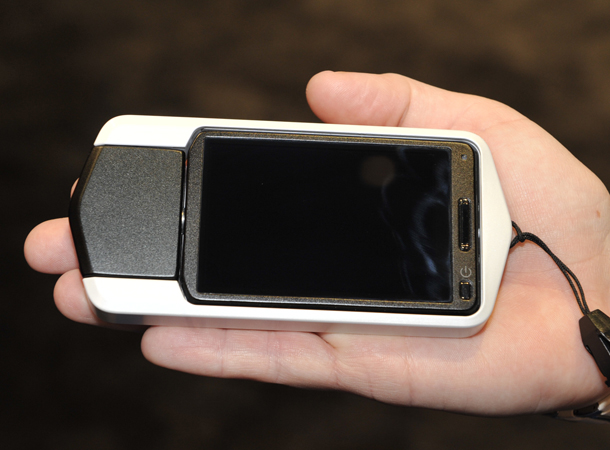
Why you can trust T3

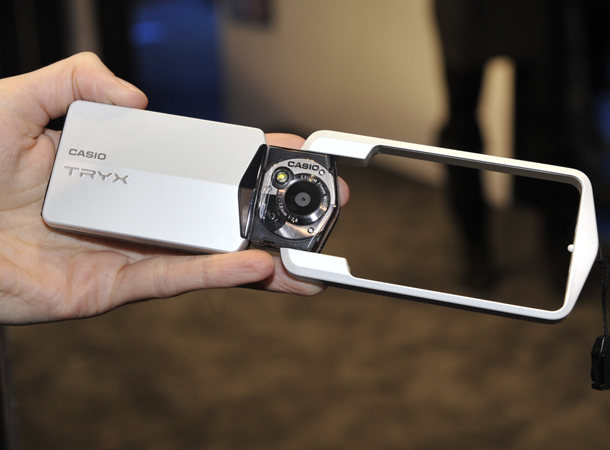
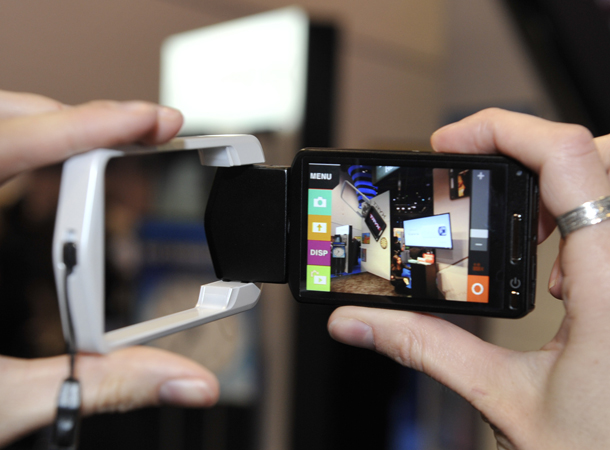
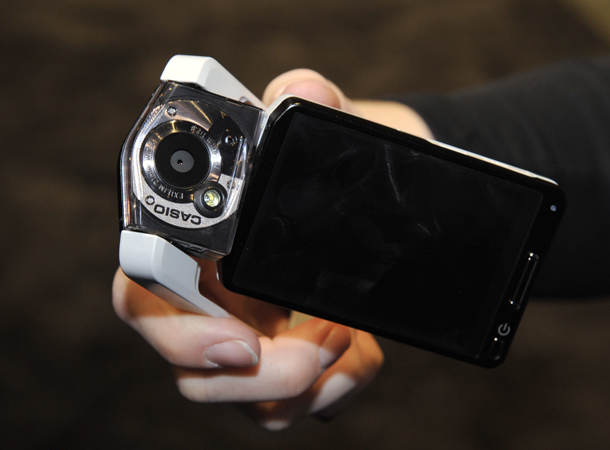
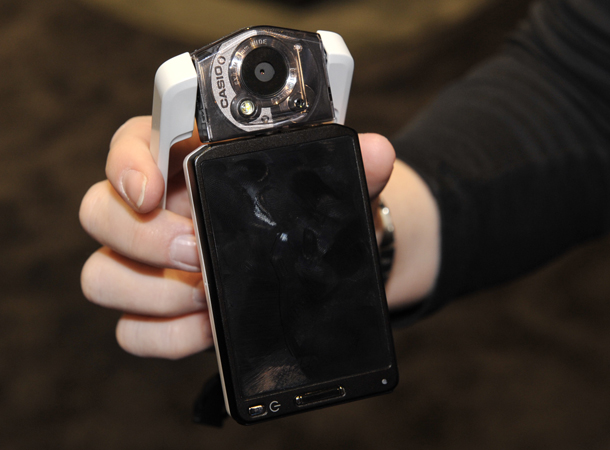
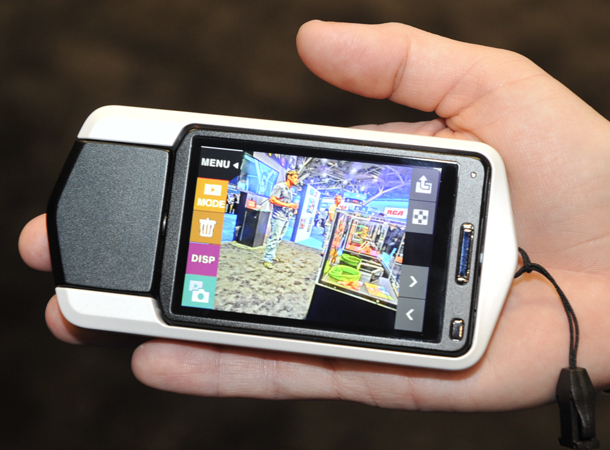
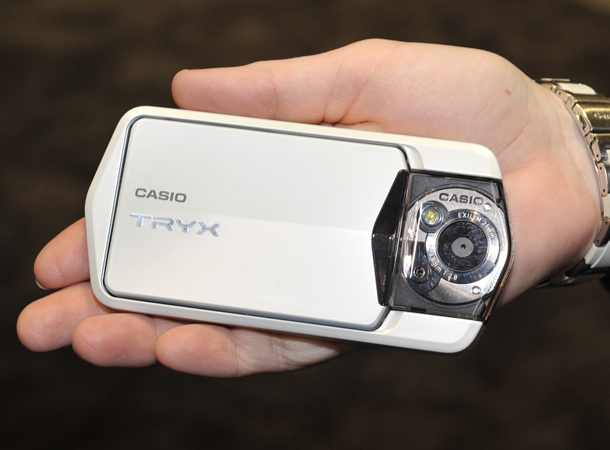
Innovative twisting digital camera
Posted by on
One of the highlights of CES this year was the Casio Exilim TRYX (or EX-TR100). Sitting somewhere between one of company's Casio's stylish and compact EXILIM cameras and the Flip-style pocket camcorders, it's a camera/camcorder hybrid with a few tricks up its sleeve.
At first glance it looks a bit like a compact camera, but surrounding the LCD is a frame that twists around 360 degrees, so you can hold it with one or two hands. The LCD itself then twists around too, so you can shoot both horizontally and vertically. This versatile design means you can take photos using either hand and from different angles depending on what you are shooting. You can even hang the camera from a pole or hook, should you desire.
We'll be bringing you a video of the Casio TRYX over the next couple of days, until then:
Check out our hands-on pictures of the Casio Tryx
At 157g the TRYX feels light and fits comfortably in your hand. We'd suggest exercising a little caution when the frame is out; although it does help you steady the device to prevent camera shake, you certainly don't want to give this to your kids to play with.
The TRYX has a 12-megapixel CMOS sensor and f2.8 (2.1mm) fixed lens. So, much like the Flip Ultra HD and Panasonic TA1 there's no optical zoom. It captures 1080p movies and there's an HDMI output.
Controls are minimal, with most features accessed by tapping the 3-inch 460,000 touchscreen, which you can also use to focus and take a picture by touching the screen. Pictures are stored on SD card, but Casio has yet to announce battery information.
Where the TRYX differs from camcorders like the Flip, is a feature set that is much closer to Casio's EXILIM camera heritage. Casio's equipped the TRYX with HDR technology, which takes shots at different exposures, combining them to create a final image with less washed out highlights, while retaining detail in dark areas. This is expecially useful in high-contrast situations.
One feature Casio was keen to promote is HDR Art function, which lets you use three processing levels: strong, standard and light to turn your photographs into works of art We saw a few examples and results varied from very effective, to a neon mess, and although it's a nice feature to have, it's not necessarily one we'd use very often.
We really like the Casio TRYX, it turns the traditional compact camera design upside down, offering composition flexibility to the photographer. We do have reservations about the durability of the flip out frame and ultimately whether the Tryx has mass-market appeal, but we'll reserve judgement until we get a review sample. Ultimately it's fantastic to see something new.
Available in black or white, the Casio TRYX is out end of March/early April in the US for $250. There's no news on UK pricing yet.
Casio TRYX release date: TBC, link Casio
Casio TRYX price: TBC
Sign up to the T3 newsletter for smarter living straight to your inbox
Get all the latest news, reviews, deals and buying guides on gorgeous tech, home and active products from the T3 experts
-
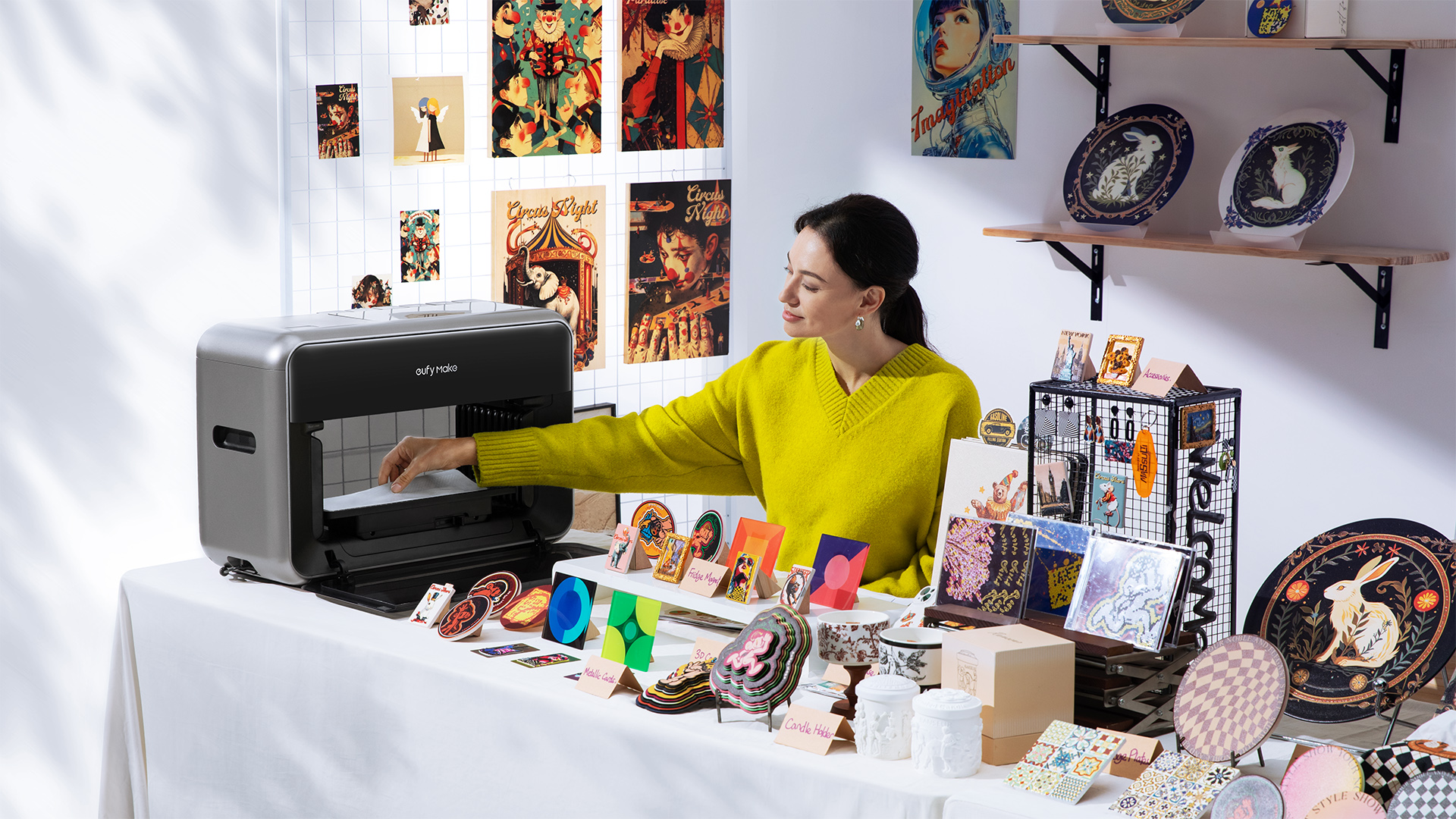 Is this compact UV printer the best tool for creative makers in 2025?
Is this compact UV printer the best tool for creative makers in 2025?Meet the gadget helping Etsy sellers go pro at home
By Matt Kollat Published
-
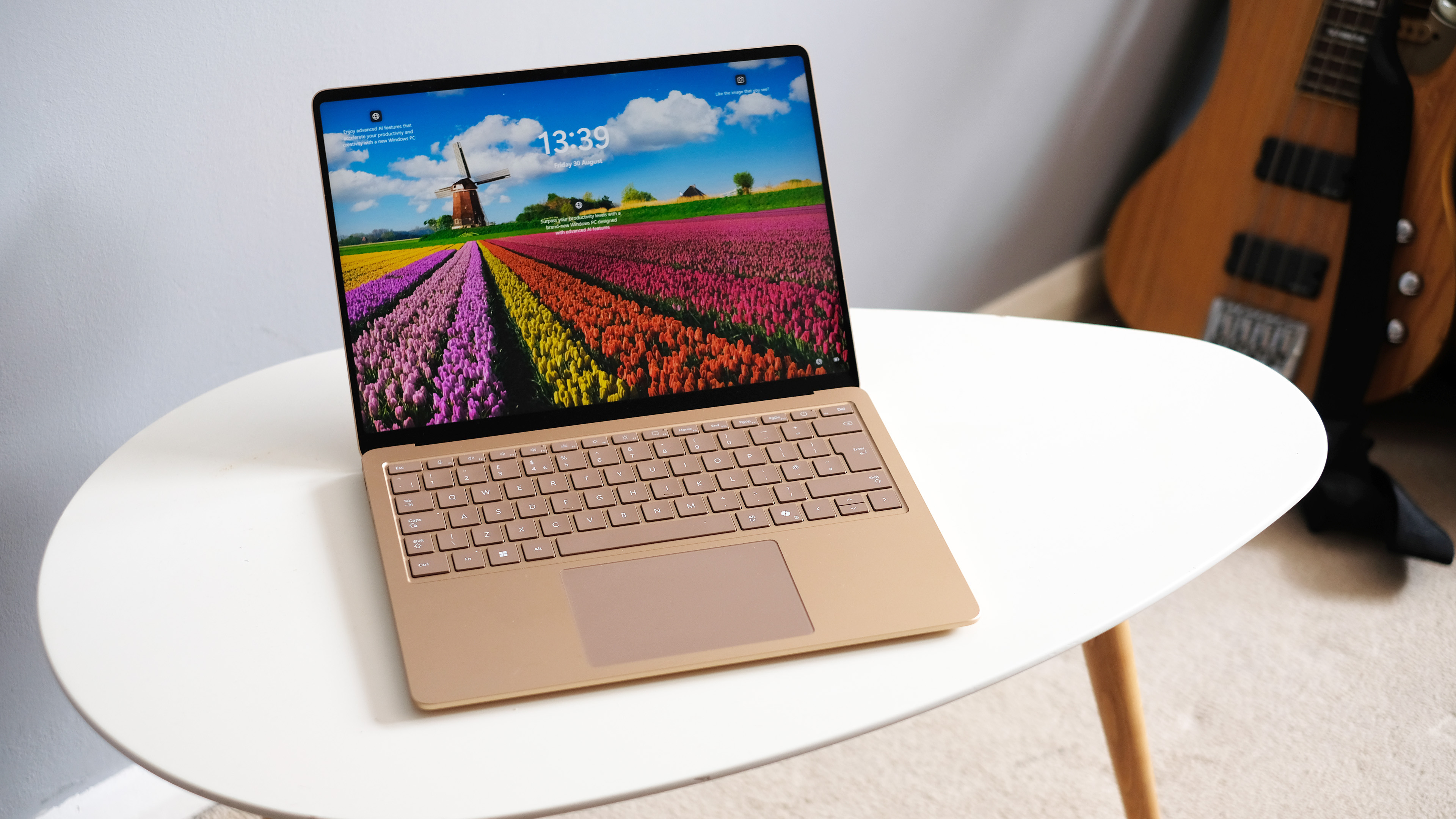 I tried a Snapdragon feature that's a game-changer for Netflix, Amazon and more
I tried a Snapdragon feature that's a game-changer for Netflix, Amazon and moreMoises Live can isolate and enhance audio in real-time using the Elite X's NPU
By Mike Lowe Published
-
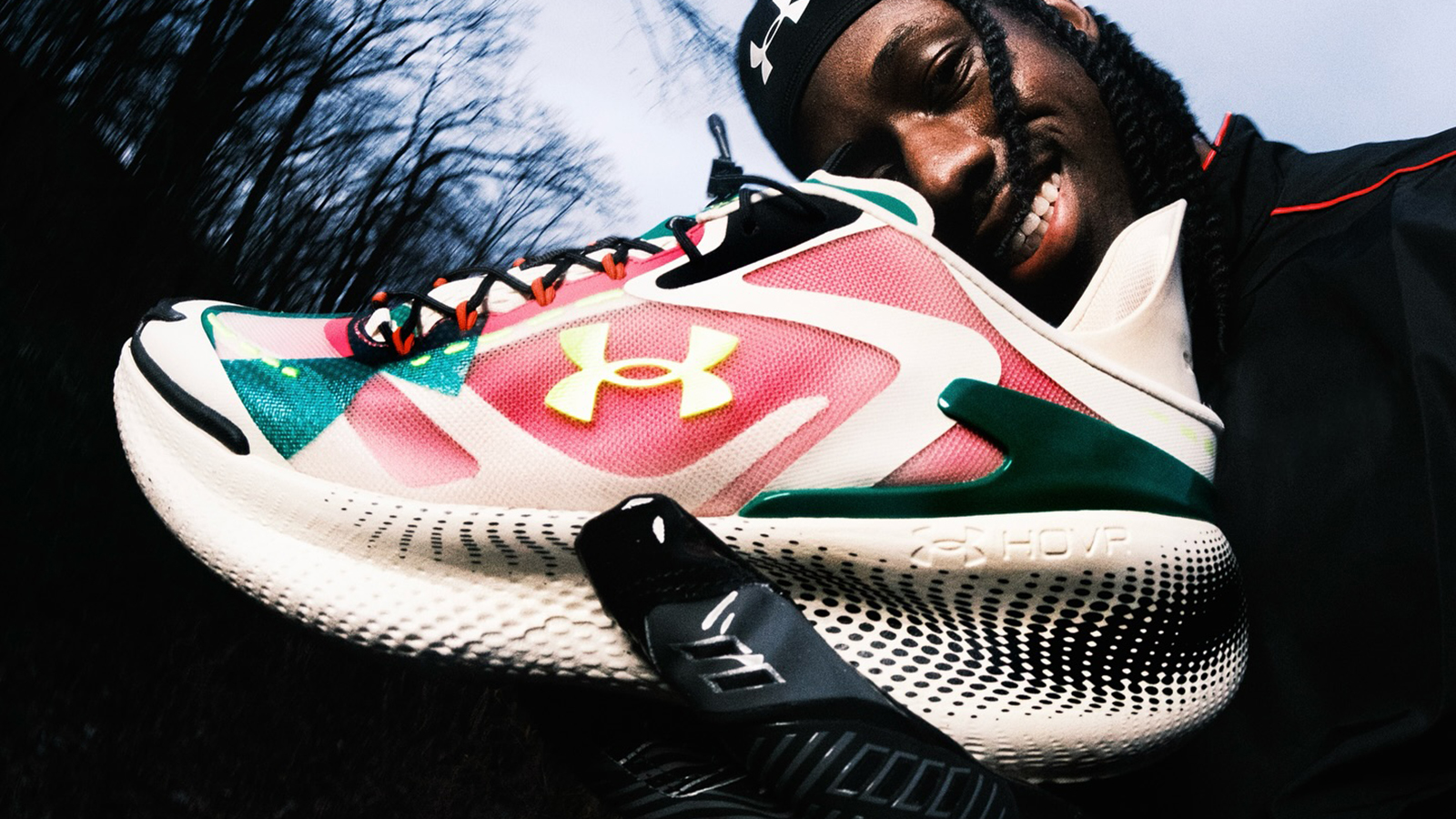 Under Armour's new sneaker doesn't play by the old rules
Under Armour's new sneaker doesn't play by the old rulesIf this is the future of the brand, it's off to a running start
By Matt Kollat Published